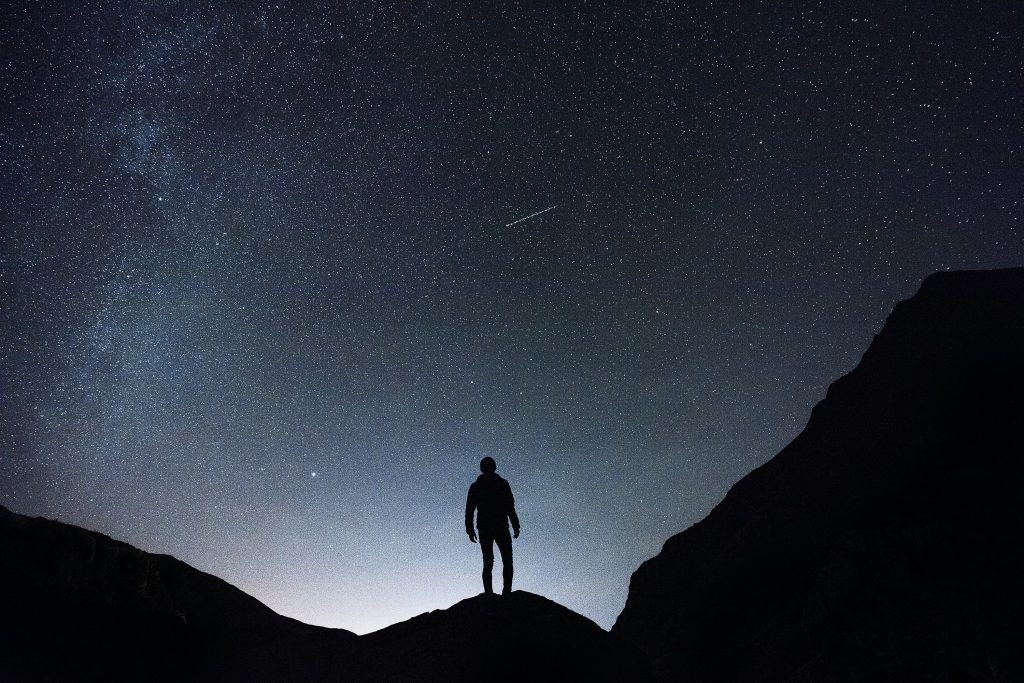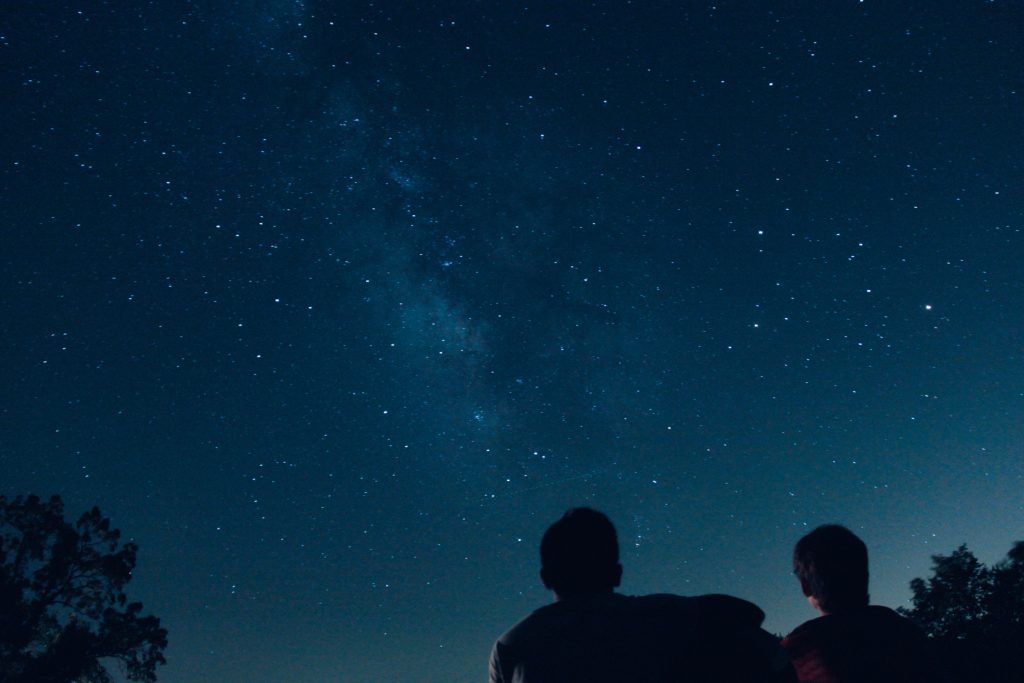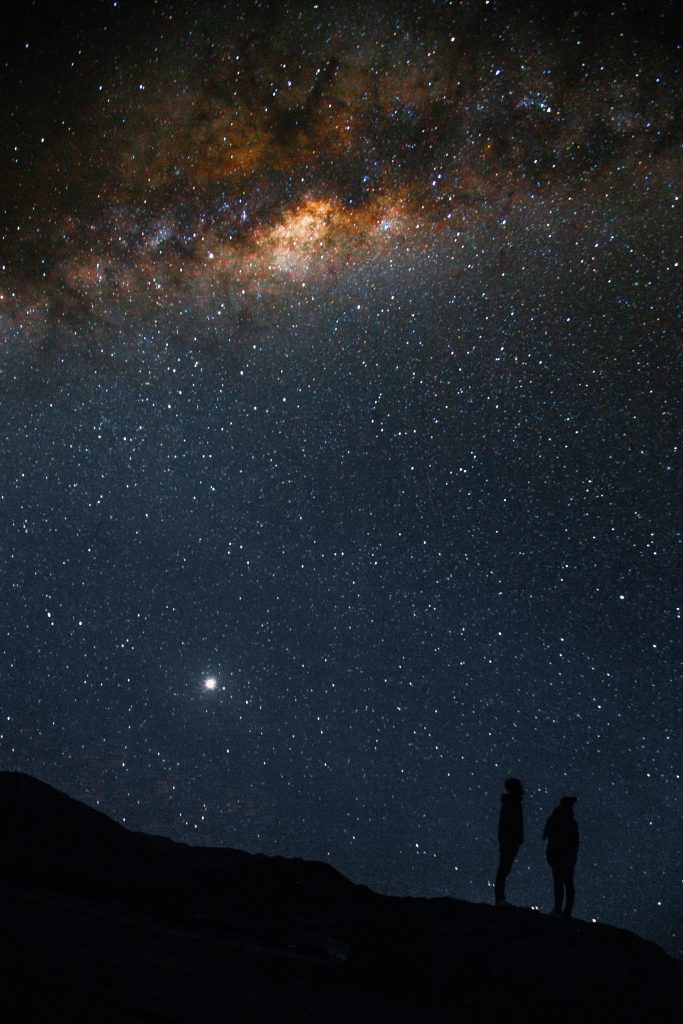Have you ever wondered about the best time for stargazing? Well, look no further, because I’ve got some insights for you. Picture this: a clear night sky, twinkling stars all around, and you, armed with curiosity and wonder. The best time for stargazing largely depends on the season and your location. In general, the ideal conditions occur when the sky is darkest, meaning little to no moonlight or light pollution.
During the summer, it’s often best to wait until a few hours after sunset for the sky to become dark enough. As autumn arrives, you may want to start your stargazing session a bit earlier, as the nights begin to lengthen. Winter holds the longest nights, giving you ample time to observe the constellations. In this season, the sky is darkest around midnight. Finally, in spring, you can start stargazing a few hours before midnight, as the nights gradually become shorter. So, grab a blanket, find a cozy spot, and prepare to be mesmerized by the beauty of the cosmos! Stargazing is a fascinating hobby that allows you to marvel at the beauty and vastness of the universe. However, in order to fully enjoy this experience, it is important to consider a few factors that can greatly impact your stargazing adventure. Factors such as light pollution, weather conditions, moon phase, and the time of year, month, and night can all play a role in determining the optimal conditions for stargazing. Let’s explore each of these factors in more detail, so you can plan your stargazing outings with confidence.

Factors Affecting Stargazing
Light Pollution
One of the major factors that can hinder your stargazing experience is light pollution. Light pollution refers to the excessive and misdirected artificial light that illuminates the night sky, making it difficult to see stars, planets, and other celestial objects. It is caused by various sources such as street lights, buildings, and even advertisement signs. Light pollution creates a veil of brightness that obscures the faint light emitted by stars, making it challenging to fully appreciate the beauty of the night sky.
To minimize the impact of light pollution, it is best to venture out to remote areas away from cities and towns, where the night sky remains relatively undisturbed by artificial lights. Dark Sky Preserves and observatories are also ideal locations for stargazing, as they are specifically designed to provide optimal conditions for observing the night sky.
Weather Conditions
Another significant factor that can affect stargazing is the weather conditions. Clear skies are essential for a successful stargazing session. Cloudy or hazy skies can obstruct your view and obscure the stars, making it difficult to identify constellations and other celestial objects.
To ensure a good stargazing experience, keep an eye on the weather forecast before heading out. Choose nights with clear or partially cloudy skies to maximize your chances of catching a glimpse of the wonders of the universe.
Moon Phase
The phase of the moon plays a crucial role in stargazing. The moon is a significant source of light pollution itself, as its brightness can overshadow fainter objects in the night sky. The moon’s phases range from new moon (when it is not visible) to full moon (when it is fully illuminated). New moon and first quarter moon phases are generally preferred for stargazing, as they provide darker skies, allowing stars and other celestial objects to shine brightly.
On the other hand, during the full moon and last quarter moon phases, the moon’s brightness can make it challenging to observe dimmer objects in the night sky. It is advisable to plan your stargazing sessions around the phases of the moon, so you can fully enjoy the brilliance of the stars.
Best Time of Year for Stargazing
Winter
Winter nights often offer optimal conditions for stargazing. The crisp and clear air coupled with longer nights creates the perfect opportunity to explore the wonders of the night sky. Additionally, winter in many regions brings drier weather, reducing the chance of cloudy or hazy conditions. The winter constellations, such as Orion and Taurus, dominate the sky during this season, offering breathtaking sights to behold.
Spring
As spring arrives, the evenings become milder and the skies clearer. The transition between winter and spring brings with it some of the most beautiful constellations in the northern hemisphere, such as Leo, Virgo, and Ursa Major. Springtime stargazing provides an opportunity to witness the majesty of these celestial formations as they appear in all their glory.
Summer
Although summer nights may be shorter, they compensate for it with their warm and pleasant weather. The summer sky is adorned with stars, constellations, and even phenomena like meteor showers and the Milky Way. Summer stargazing sessions can be enjoyed by families and individuals alike, as the comfortable temperatures allow for longer outings.
Autumn
Autumn brings cool evenings and longer nights, offering stargazers the chance to witness stunning celestial displays. The fall constellations, such as Pegasus and Andromeda, grace the night sky during this season, allowing enthusiasts to explore vast cosmic wonders. Stargazing in autumn provides a serene and peaceful experience, perfect for those who prefer a quieter atmosphere.
Best Time of Month for Stargazing
New Moon
The new moon phase is one of the best times of the month for stargazing. During this phase, the moon is not visible in the night sky and its absence allows for darker skies, highlighting the brilliance of stars, planets, and other celestial objects. To fully appreciate the wonders of the night sky, plan your stargazing outings around the new moon phase.
First Quarter
The first quarter moon phase occurs approximately one week after the new moon. During this phase, the moon is half-illuminated and its brightness does not overpower the night sky. This phase offers a great balance between darkness and illumination, making it suitable for stargazers to observe both bright and faint objects in the night sky.
Full Moon
The full moon phase is a sight to behold, but it can greatly affect stargazing sessions. The brightness of the full moon can wash out the fainter objects in the night sky, making them less visible. However, if you enjoy moonlit landscapes and want to explore the moon’s surface in detail, the full moon phase can provide a unique stargazing experience.
Last Quarter
The last quarter moon phase occurs approximately three weeks after the new moon. During this phase, the moon is once again half-illuminated, but in the opposite direction from the first quarter phase. While the last quarter moon can illuminate the sky, it does not do so to the same extent as the full moon, allowing for better visibility of celestial objects.
Best Time of Night for Stargazing
Early Evening
The early evening hours, shortly after sunset, provide a great opportunity to start your stargazing adventure. During this time, the sky gradually becomes darker, allowing you to witness the transition from daylight to the enchanting night sky. It is a perfect time to spot the brightest stars and planets as they begin to emerge.
Late Evening
As the night progresses, the late evening hours offer an extended period to immerse yourself in the wonders of the cosmos. By this time, the sky is considerably darker, allowing you to explore fainter stars and deep-sky objects like nebulae and galaxies. Late evening stargazing sessions provide tranquility and solitude, away from the distractions of the day.
Midnight
The midnight hours offer the darkest and quietest moments of the night. The majority of light pollution sources are less active during this time, enhancing the visibility of celestial objects. Midnight stargazing provides a captivating experience as you delve deeper into the vastness of the night sky, discovering new constellations and marveling at the cosmic wonders that abound.

Best Locations for Stargazing
Remote Areas
Venturing to remote areas away from the city lights is often the best way to escape light pollution and fully appreciate the night sky. National parks, rural countryside, and desolate landscapes prove to be excellent choices for stargazing. These locations offer clear and unpolluted skies, allowing you to marvel at the beauty of the cosmos without any hindrance.
Dark Sky Preserves
Dark Sky Preserves are designated areas that are specially protected to minimize light pollution. These preserves are usually located in remote locations with minimal human activity and strict regulations to preserve the pristine night sky. Dark Sky Preserves often have viewing areas and facilities designed specifically for stargazing, making them ideal destinations for dedicated astronomers and stargazers.
Observatories
Observatories are purpose-built facilities that provide ideal conditions for stargazing and astronomical research. Equipped with advanced telescopes and instruments, observatories offer unmatched opportunities to explore the depths of the universe. Many observatories also organize public viewing nights, allowing visitors to observe celestial objects under the guidance of experienced astronomers.
Tools for Stargazing
Binoculars
Binoculars are an excellent tool for stargazing, especially for beginners or casual observers. They offer a wider field of view than telescopes, making them easier to use for observing constellations, star clusters, and even some planets. Binoculars help enhance the overall stargazing experience by bringing distant objects closer and revealing details that may be invisible to the naked eye.
Telescopes
Telescopes are the ultimate tool for stargazing enthusiasts and those who want to delve deeper into the cosmos. With their powerful lenses and advanced features, telescopes allow for detailed observations of celestial objects such as planets, galaxies, and nebulas. They provide an up-close view of the wonders of the universe, revealing intricate details that cannot be seen with the naked eye or binoculars.
Star Maps
Star maps, also known as sky charts or planispheres, are invaluable resources for stargazers of all levels. These maps depict the positions of stars, constellations, and other celestial objects in the night sky. By using a star map, you can easily identify and locate specific objects, making your stargazing sessions both educational and enjoyable. Star maps can be found in books, mobile apps, and websites dedicated to astronomy.

Tips for Stargazing
Plan Ahead
Before embarking on your stargazing adventure, it is essential to plan ahead. Check the weather forecast to ensure clear skies, choose a suitable location away from light pollution, and familiarize yourself with the timing and phases of the moon. By having a plan in place, you can optimize your stargazing experience and increase your chances of witnessing stunning celestial displays.
Dress Appropriately
Stargazing often involves spending extended periods outdoors at night, so it is crucial to dress appropriately for the conditions. As nighttime temperatures can drop significantly, wearing warm layers and packing extra blankets is advisable. Additionally, consider wearing comfortable footwear and bringing insect repellent to ensure a comfortable and enjoyable experience.
Use Red Light
To preserve your night vision during stargazing sessions, it is recommended to use red light instead of white light. Red light has less impact on night vision, allowing your eyes to adjust to the darkness more effectively. Use red LED flashlights or cover regular flashlights with red filters to illuminate your surroundings without compromising your ability to see objects in the night sky.
Conclusion
When it comes to stargazing, timing is everything. By considering the factors that affect stargazing, such as light pollution, weather conditions, moon phase, and the best time of year, month, and night, you can plan your stargazing outings to maximize your chances of observing the wonders of the universe. Whether you choose to explore remote areas, visit dark sky preserves, or spend time at observatories, remember to equip yourself with binoculars or telescopes and consult star maps to enhance your stargazing experience. With a little preparation and a sense of wonder, you can embark on a journey through the cosmos and create unforgettable memories under the starry night sky.











